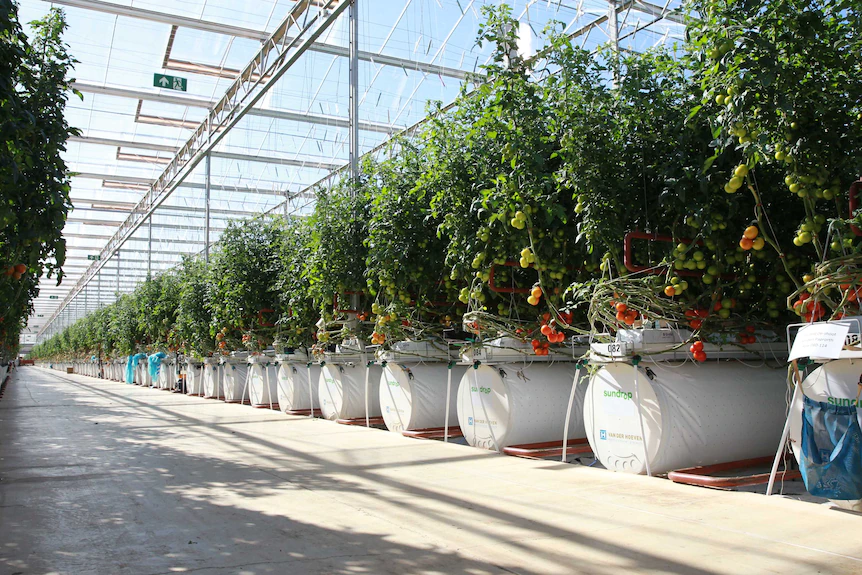
Good Earth news: issue one
This month we’re introducing to you Good Earth News because we all need news that brings a smile to our faces, and inspires us to make small changes that are good for you and the planet! Crunch is a community of like-minded people doing good by joining us in our mission to Care for Country and getting rewarded.
We hope as a community we can inspire meaningful engagement with you by highlighting news that explores positive steps in the exploration of climate, culture and pioneering progress around the world.
Subscribe to our Updates and Rewards newsletter (check your account preference) to stay up to date.

Good Earth news
The world’s oldest living rainforest has been returned to its custodians.
The world’s oldest living Daintree rainforest, ‘Kaba Kada – the rainy place’, has been returned to its custodians in a historic handback ceremony in Far North Queensland.
The Eastern Kuku Yalanji people have taken formal ownership of 160,213 hectares of country stretching from Mossman to Cooktown, including the UNESCO World Heritage-listed Daintree National Park estimated to be around 130 million years old, as well as Ngalba Bulal, Kalkajaka, and Hope Islands.
“This is where we belong on country, on bubu – on land,” Yalanji traditional owner and Jabalbina Yalanji Aboriginal Corporation director Mary-Anne Port said. “All our ancestors called us back to home.”
Source: ABC


Good Earth news
South Australia is a renewable energy powerhouse.
Less than two decades ago, South Australia generated all its electricity from fossil fuels. Last year, renewables provided a whopping 60% of the state’s electricity supply.
South Australia is a dry state – extremely vulnerable to climate change – with abundant wind and solar resources. These factors gave it the motivation and means to transition to renewables. The state government has set a target for 100% renewable electricity by 2030. By 2050, renewables could generate 500% of the state’s energy needs, with the surplus exported nationally and internationally.
Source: The Conversation


Good Earth news
Platypuses to be reintroduced to Australia’s oldest national park.
UNSW Sydney scientists are preparing to reintroduce platypuses to the country’s oldest national park after they disappeared from the area almost 50 years ago.
It’s unclear why platypuses disappeared from the park – a chemical spill in the 1980s, or a series of droughts, or poor water quality linked to coal mining. The animals are particularly vulnerable to severe drought and bushfires due to climate change. The effort, in conjunction with WWF Australia, Taronga Zoo and NSW National Parks and Wildlife Service, hopes to reintroduce the furry mammals into the park by late 2022 to preserve platypuses for future generations.
Remember, you can also donate your Crunch credits to WWF Australia.
Source: UNSW






